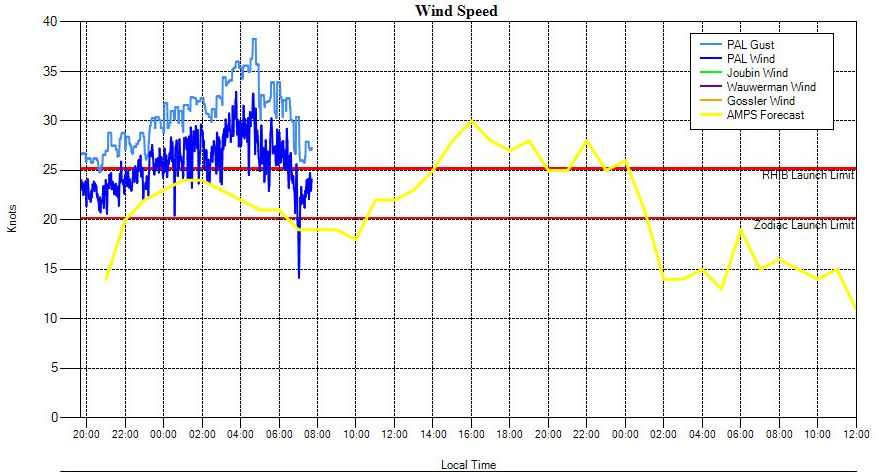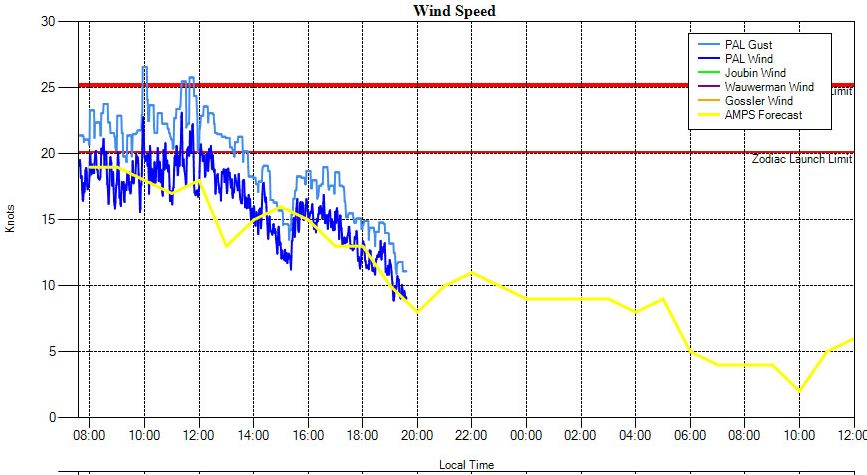 I had planned for this post to be about diving, but we’ve done much less of it so far than expected. Why you might ask? Because of the weather.
I had planned for this post to be about diving, but we’ve done much less of it so far than expected. Why you might ask? Because of the weather.
Either Mark Twain or a friend of his is usually credited for the saying that “everybody talks about the weather, but nobody does anything about it.” Regardless of its origin, that is a pretty good description of the scientists here at Palmer. We constantly talk about it, look at the forecasts of it, and wish we could do something about it.
Of course, lots of people everywhere talk about the weather for lots of good reasons. Here, almost all of the science projects are dependent on going out in boats. Addie talked a bit about boating in her last post on dive tending.
We do most of our work from inflatable boats called Zodiacs that Addie mentioned. Palmer also has two larger Rigid Hull Inflatable Boats (RHIBs), although only one is at the station currently. With all Palmer boating, the wind speed is the most important factor in determining if it is safe to head out. On the image at the top, you can see two red lines on a weather chart indicating that the maximum wind speed for going out in a Zodiac is 20 knots (23 mph) and for the RHIB, 25 knots (29 mph).
The image at the top is from this past Saturday morning. The dark blue line is the sustained wind speed, and the lighter one above it is the maximum recent wind gust speed. The yellow line is a forecast from a very good prediction called AMPS that was produced and is funded through the Antarctic Program at the US National Science Foundation. You can see that it was pretty windy at a bit before 8 AM when I captured the image, and that it was predicted to stay that way for the day.
Historically, January usually has good weather for boating. But not always, and January 2023 is one of those exceptions. We did our gear checkout dives off the station dock on the 3rd, and have only been able to go out and dive four days since then. Even on those four days, there were only a few spots among all the possibilities we have near the station where it was safe to go diving. It hasn’t always been the winds. We’ve had a number of days when the winds were in the 15 to 20 knots range, which would be permissible for boating, but with the swell (waves) out of the west, where we have almost no protection at most of our dive sites. So not safe to dive even though boating would be OK to do.
On Saturday, the winds came down below the forecast near 20 knots in the late morning. We didn’t feel that it was safe to boat knowing that the forecast was bad, but they had swung around in a direction such that there was little swell at the station dock. So Maggie and Hannah did a dive there after lunch while Addie and I were dive tenders from the shore. My spot was on the station pier.
The winds did come back up to the predicted 30-ish knots during their dive. And it was raining. Lovely weather to be standing outside watching bubbles. Maggie and I have a favorite book which was written by a late colleague of mine, Trevor Norton, titled Underwater to Get Out of the Rain. Maggie and Hannah definitely had that advantage.

As I write this post on Sunday evening (Jan 22nd), the winds are coming down, as you can see in the screen capture directly above that I just imaged. Tomorrow morning is looking like it will be a nice day. You can’t see on what I have displayed, but it is also supposed to not be raining. Hopefully we’ll be able to break out of this cycle, at least for a day. (Tuesday is supposed to be windy again.)
At breakfast tomorrow, hopefully all of us will be talking about how good the weather for the day is looking. At dinner, about how great it was. Even though there was nothing we could have done to make it so.
And, hopefully, my next post will talk about all the great diving we’ve been doing when the weather cooperated.